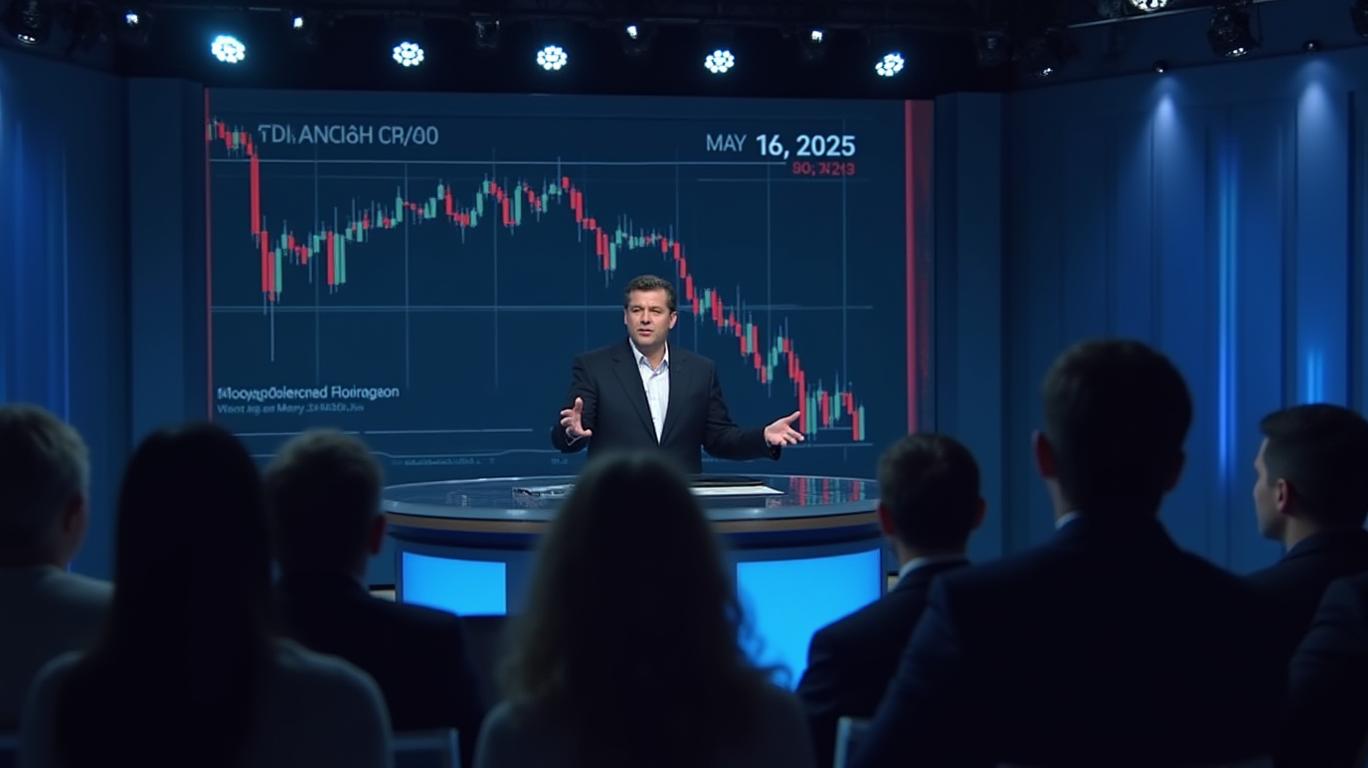Breaking Up With Multi-Level Marketing Is Harder Than It Sounds
Multi-Level Marketing (MLM) has long been a polarizing industry, synonymous with both opportunity and exploitation. Yet, as regulatory pressures mount and the digital landscape evolves, exiting MLM—or even reforming it—is proving far more complicated than headlines suggest. Let’s dissect why breaking free from this business model is a high-stakes balancing act for investors and participants alike.
The Regulatory Tightrope
The Federal Trade Commission (FTC) has been a relentless force in cracking down on deceptive practices, proposing rules in 2023 that would require MLMs to substantiate earnings claims and ban non-disparagement clauses. But here’s the catch: these rules remain stalled in political and legal limbo. The FTC’s leadership shifted under the Trump administration, and the proposed regulations—though approved in principle—have yet to be published in the Federal Register, freezing public comment periods.
Herbalife (HLF), a bellwether for the industry, has seen its stock price fluctuate sharply amid regulatory uncertainty. While it’s stabilized recently, the prolonged uncertainty highlights the risks of investing in companies reliant on a shifting legal landscape.
The FTC’s focus on transparency is driving a wedge between legitimate MLMs and pyramid schemes. The Koscot standard—where compensation hinges on recruitment over retail sales—is still the litmus test. Yet, the blurred lines between the two persist, leaving investors exposed to lawsuits and reputational damage.
Sustainability: A Double-Edged Sword
MLMs are racing to rebrand as eco-conscious, with 35% of trade fair exhibitors in 2024 showcasing green products like biodegradable skincare or energy-efficient gadgets. doTERRA, for instance, boosted distributor recruitment by 20% after launching eco-friendly lines. But here’s the catch: sustainability is expensive.

Adopting blockchain for supply chain transparency or AI for personalized marketing demands upfront investment. For smaller players, this could deepen financial strain. Meanwhile, larger firms like Amway are leveraging blockchain to track commissions—a move that improves trust but requires tech infrastructure. The projected 30% CAGR for blockchain in MLM by 2030 underscores the shift, but the cost of adaptation isn’t trivial.
Why Distributors Stay Stuck
The real story isn’t just about companies—it’s about the people. Exiting MLM is harder than it looks because of structural traps:
1. Gag Clauses: Non-disparagement agreements prevent distributors from exposing failures, even if they’re losing money.
2. Compensation Complexity: Hybrid models with tiered rewards create a maze of payouts, making it hard to gauge true earnings. The FTC’s 2024 report found 17 MLMs showed most distributors earned under $1,000 annually—a reality often obscured by top-earner anecdotes.
3. Tech Overload: Older distributors struggle with AI tools and VR training, while younger recruits face saturated social media markets.
Avon (AVP), a once-dominant MLM, has seen revenue drop 30% since 2018. Its hybrid compensation model and digital pivot haven’t yet offset attrition from frustrated distributors.
The Tech Divide
AI and blockchain aren’t just tools—they’re weapons in a winner-takes-most battle. Companies like Herbalife use AI chatbots to streamline sales, while ONEHOPE experiments with crypto payments to cut cross-border costs. But here’s the rub: these technologies favor scale. Small distributors, already cash-strapped, risk being left behind, deepening the industry’s reliance on recruitment over retail.
The Bottom Line
Breaking up with MLM isn’t just about walking away—it’s about navigating a minefield of regulations, tech costs, and human psychology. Investors should ask three questions:
1. Can the company adapt to FTC rules without stifling growth?
2. Is its sustainability push a genuine shift or greenwashing?
3. Does its tech stack empower distributors—or entrap them?
The data paints a cautionary picture. While blockchain and AI offer long-term promise, the FTC’s delayed rules and distributor exit barriers suggest volatility ahead. For now, MLM remains a high-risk, high-reward sector—where the exit door is locked tighter than ever.
Conclusion
MLM’s survival hinges on balancing innovation with transparency. The FTC’s proposed rules, if implemented, could force a reckoning, but the industry’s political resilience and distributor dependency create inertia. Investors should prioritize firms with robust tech infrastructure (e.g., Herbalife’s AI tools) and proven eco-strategies (e.g., doTERRA’s 20% recruitment boost). Yet, with 70% of exhibitors at 2024 trade fairs scrambling to innovate in saturated markets, the odds of a smooth exit—or a profitable pivot—remain stacked against all but the strongest players.
In the end, breaking up with MLM isn’t a choice—it’s a marathon of regulatory, technological, and ethical hurdles. For now, the industry’s future is as tangled as its compensation plans.










